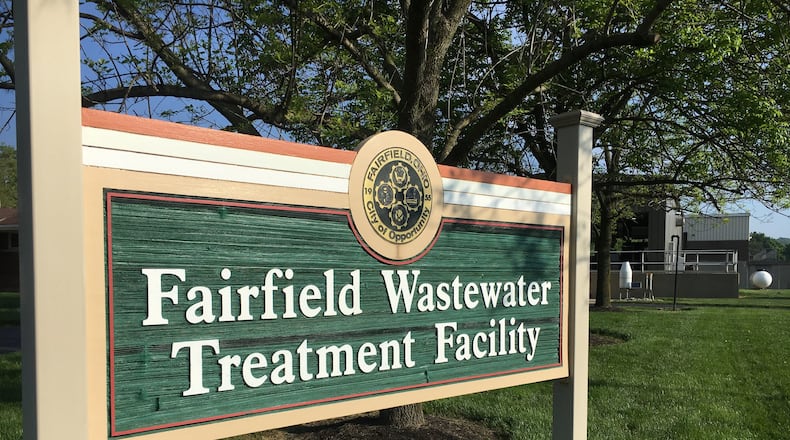“It’s the first time the city of Fairfield has utilized this program but the program is basically designed for purposes just like this, for municipalities and counties and townships looking to do water and sewer improvements.,” said Fairfield Public Utilities Director Adam Sackenheim.
By using the loan fund program, the city will save around $600,000 by not taking out municipal bonds, he said. The city locked in a 0.43 percent interest rate which means it will pay less than $120,000 over the life of the 20-year loan, or less than $6,000 a year.
“It’s a program that I will look to utilize more often as we do larger water and sewer improvements if it’s a project that’s going to require us to take on additional debt. Instead of going out to the municipal bond market, which is what we’ve done historically, kind of like the private market, we’ll try to utilize these state funds because it’s more bang for the buck,” Sackenheim said.
Credit: Provided
Credit: Provided
According to the plans, the multipurpose building will be constructed at the Groh Lane wastewater treatment plant to include to dewater sludg. The current sludge dewatering system is now more than 25 years old “and nearing the end of its useful life,” Sackenheim said.
For at least the next five years, the city will use the second half of the multipurpose room as storage, he said. The city recently renewed its state permits and the Ohio Environmental Protection Agency is not requiring any phosphorus discharge limits, which it has at other wastewater treatment plants around the state. Sackenheim anticipates limits in the city’s next permit in 2026.
Whenever phosphorus discharge limits are imposed, Sackenheim said they’ll need to have a chemical treatment system in place.
“Within the next five to 10 years we will likely have a new limit in our discharge permit which will require us to treat for phosphorus,” he said.
Too much phosphorus, which often found in fertilizers, feeds algae in waterways, like lakes, streams, and rivers. Too much can cause the algal blooms to be toxic, killing fish and making it dangerous for recreation.
Council approved last month a $2.53 million contract, which includes contingencies, with Performance Construction. The bid comes in under the engineer’s estimate of $2.7 million.
The project also includes an additional $50,000 of non-contractual appropriations for various other project-related support services, according to the city.
Construction is planned to take one year and will start on April 1.
Credit: Provided
Credit: Provided
About the Author



